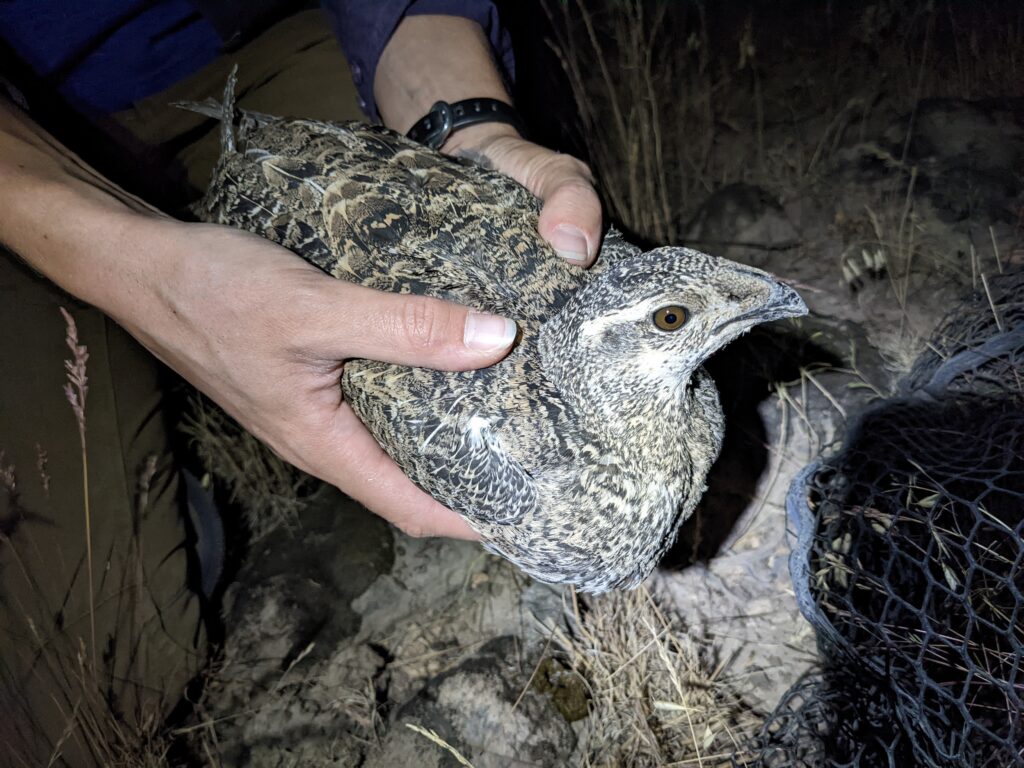Ravens are majestic birds, captivating many humans and spanning in their cultural significance. Most people imagine ravens perched in a field, with many guides stating they maintain a general homebase without migration. However, the behavior of ravens is much more complex, with much still to be discovered.

Our guest this week is Richard Rich who recently completed his Masters through the Department of Animal and Rangeland Sciences at Oregon State University. His research studied migratory behavior in ravens, a phenomenon that has never been observed in the species. His novel finding challenges what we know about ravens, showing that many tagged birds in eastern Oregon are migrating seasonally.

Not only are the behaviors of ravens complex, but so to are their interactions with other birds. One such bird – the Sage-grouse – is experiencing population declines, concerning in part due to their association with sagebrush and with many efforts to save them. Although many factors are at play, ravens add additional pressure due to their increasing population density and feeding on Sage-grouse eggs. Raven removal has been a topic of recent conversation, proposed to help keep Sage-grouse populations alive. However, ravens are native to many locations in the US, leading to complicated issues regarding their removal. Richard compares the methods of both lethal and non-lethal raven removal in attempts to improve management.

To hear more about ravens and their complex behavioral and ecological interactions, tune in to KBVR 88.7FM this Sunday (Nov 16) at 6:30pm. You can listen to the episode anywhere you listen to your podcasts, including on KBVR, Spotify, Apple, or anywhere else!
Written by Matthew Vaughan.














